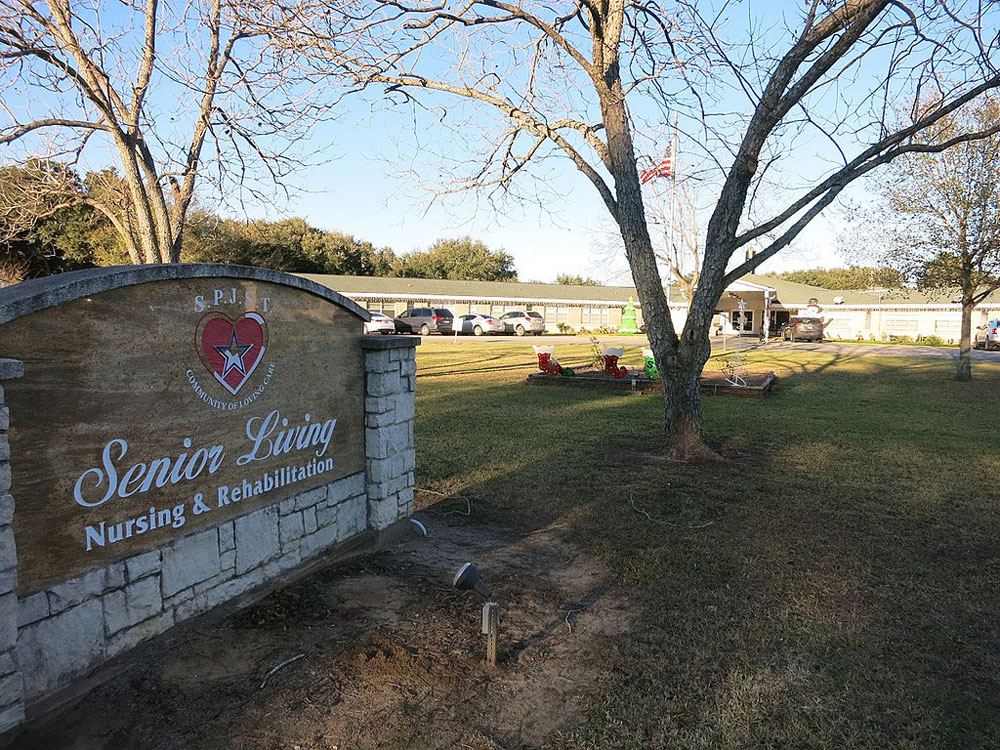
September 27, 2020; Senior Housing News
Lately, we’ve taken an interest in investigating how different types of nonprofits have fared financially during the pandemic. For many nonprofits, it simply exacerbated existing weaknesses (and, in some cases, strengths); others found their circumstances had everything to do with their enterprise model, or how program quality and financial strategies fit together. When it comes to sites serving seniors, of course, any problems with quality of care would become obvious quickly, and so it is for senior living facilities.
At a virtual conference addressing strategy and finances for senior living centers, speakers said nonprofit models seem to be doing better than their for-profit counterparts. The players in both categories tend to be fairly large, with annual revenue in the range of $400 million to $600 million. But, according to Senior Housing News, nonprofit senior living communities tend to have higher occupancy rates than for-profit communities, and that persisted right through the pandemic, though both categories saw a loss of occupancy.
Still, one of the strengths of the nonprofit model is a continuum of care approach, and during the pandemic, some levels of care took a bigger hit than others. For instance, independent living occupancy has been resilient, but not so much skilled nursing, where elective surgeries have been placed on hold.
Sign up for our free newsletters
Subscribe to NPQ's newsletters to have our top stories delivered directly to your inbox.
By signing up, you agree to our privacy policy and terms of use, and to receive messages from NPQ and our partners.
This is accelerating a trend that has nonprofits focusing more intently on lower acuity care—not only in their facilities, but in the community itself. This coincides with a growing interest in aging in community.
These differently diversified models provide a broader set of thresholds into supportive living for elders, and the willingness of nonprofits to create partnerships and networks with other community-based systems to meet the varying needs of those they serve makes them appropriately agile and flexible—in contrast to for-profits, which tend to create their own suites of support systems to try to generate additional profits.
But mission also matters to the market—those looking for living options, particularly as it can be seen in the treatment of staff. This is an interesting note, since a regular finding in the research comparing nonprofit and for-profit nursing homes and home care agencies has been the staff/patient ratios, which generally lead in for-profits to lower quality of care and, ironically, higher billing of Medicaid.
This field of work, like many others, does not belong as a part of an extractive economic model, and our inability to make that distinction in this country serves neither our people nor our tax dollars well.—Ruth McCambridge













